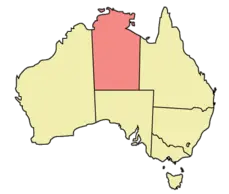Largely tropical, the Northern Territory covers about one sixth of the Australian continent with an area of 1.35 million km2 which is equal to the combined areas of France, Spain and Italy. It is an area of great diversity, from lush tropical rainforest in the north to the ancient semi-arid plains and deserts of the Red Centre.
Guide to Northern Territory
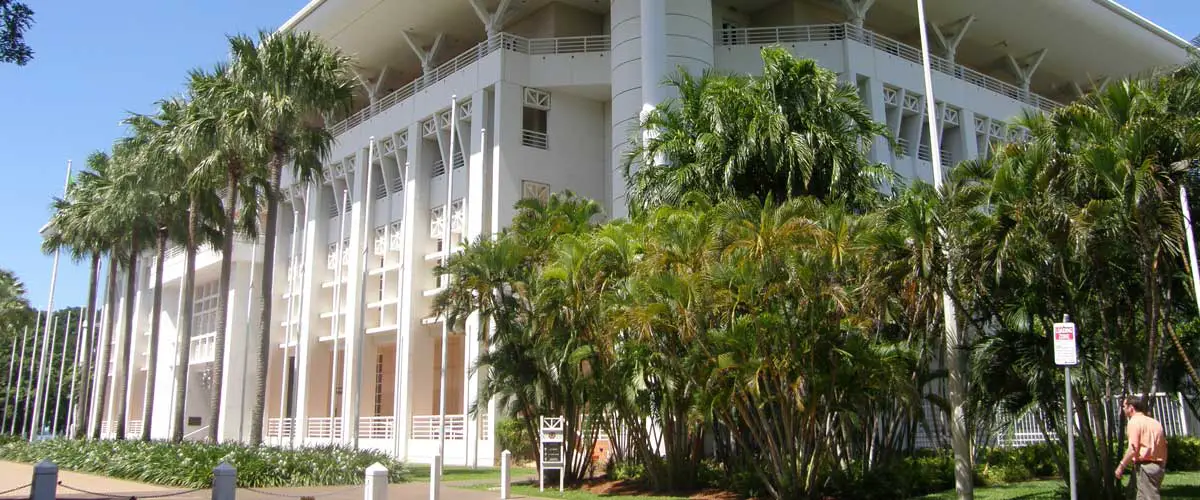
Australia’s northern-most capital has evolved out of the devastation caused by Cyclone Tracy in 1974 into an attractive vibrant and progressive city that serves the country well as its northern gateway. No longer a pioneer outpost and small port, it is now one of Australia’s most modern and multicultural cities with a unique tropical flavour.
- Go There
- Go There
- Go There
- Go There
- Go There
- Go There
- Go There
- Go There

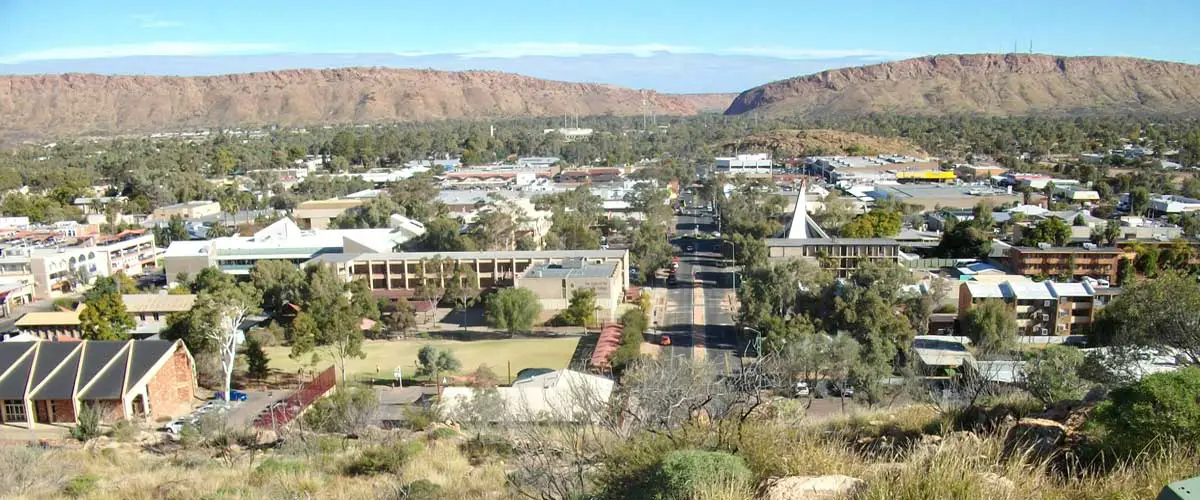
The quintessential Aussie outback town, The Alice, as she is affectionately known, is a busy regional centre and hub for mining and exploration, transport, public administration and tourism in Central Australia. The town is also strategically located amid the major natural attractions of the Territory’s Red Centre.

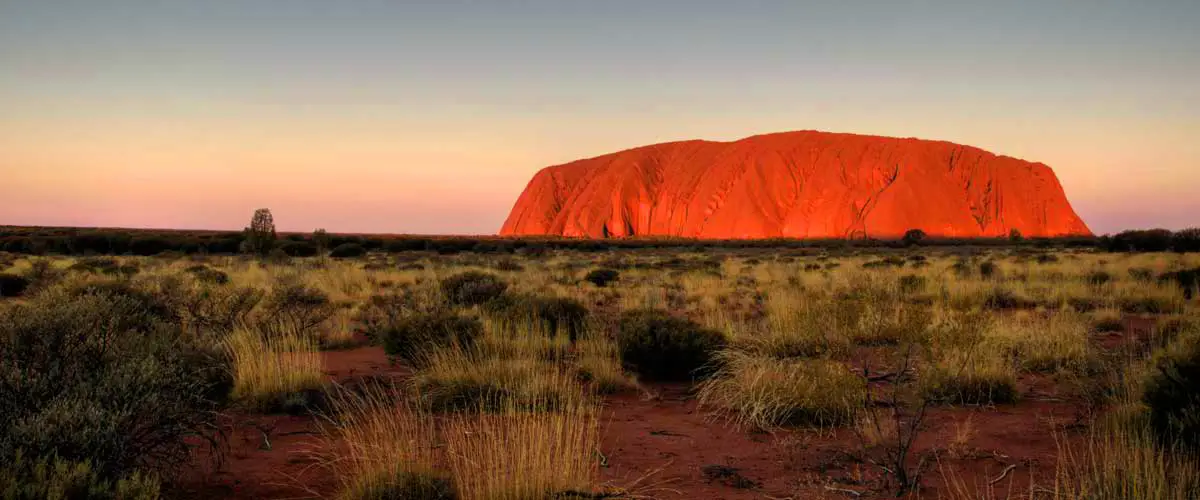
A World Heritage Site, Uluru is Australia’s most famous natural landmark and the country’s most visited site. The mysterious red monolith is the weathered peak of a buried mountain range and rises some 348 metres above the desert. It has many springs, waterholes, rock caves and ancient paintings. Nearby is Kata Tjuta, a group of large domed rock formations. Both are sacred to the Aboriginal people of the area.


About the size of Israel, one-third the size of Tasmania, or nearly half the size of Switzerland, Kakadu National Park in the Arnhem Land region of the Northern Territory is a vast expanse of diverse and largely unspoilt natural beauty. The world heritage listed park is renowned for the richness of its Aboriginal cultural sites as well as its scenic beauty and variety of wildlife. Kakadu’s flora is among the richest in northern Australia with more than 1700 plant species recorded which is a result of the Park’s geological, landform and habitat diversity.


Katherine Gorge, a deep gorge carved through ancient sandstone by the Katherine River, is made up of thirteen gorges, with rapids and falls, and follow the Katherine River, which begins in Kakadu. During the Dry, the Katherine Gorge waters are placid in most spots and ideal for swimming and canoeing. Saltwater crocodiles regularly enter the river during the Wet season, when the water levels are very high.

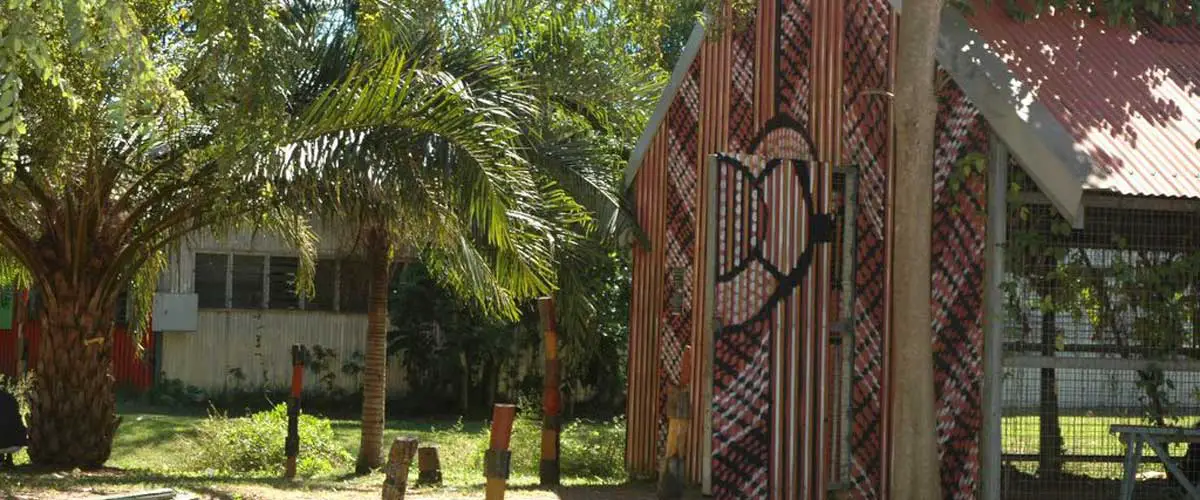
Dubbed The Islands of Smiles, the Tiwi Islands are acclaimed for their Aboriginal culture and warm hospitality. Dense rainforest, sandy beaches and rock pools combine to create the Tiwi Islands’ coastal landscape. Comprising Melville and Bathurst Islands, the area is renowned for its unique Aboriginal arts and crafts, love of Australian Rules Football or AFL, and blue-water fishing. The islands are a short flight or cruise from Darwin.

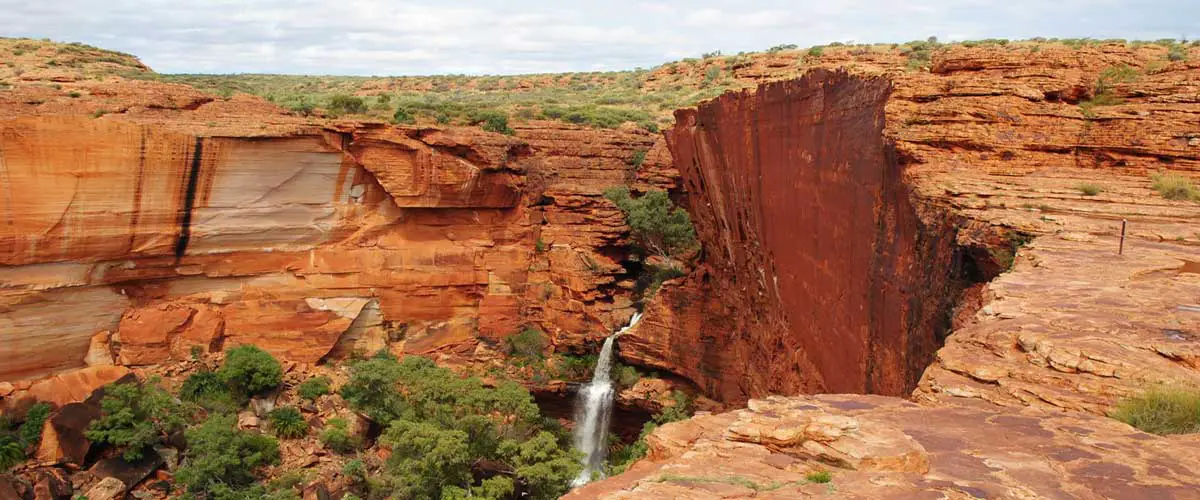
Some 325 km. south-west of Alice Springs, Kings Canyon is one of The Red Centre’s most spectacular attractions. The huge, sheer walls of the canyon rise from the creek bed in which there are numerous rock pools and lush vegetation, including Cycad Palms, ancient in their origin. Kings Canyon is often included in a round trip to Ayers Rock, however the canyon area is amazing in its own right. It is easy to spend a day or more wandering around its vast area when exploring its unique beauty.tinct volcanic crater, which mysteriously changes colour for three months of the year.

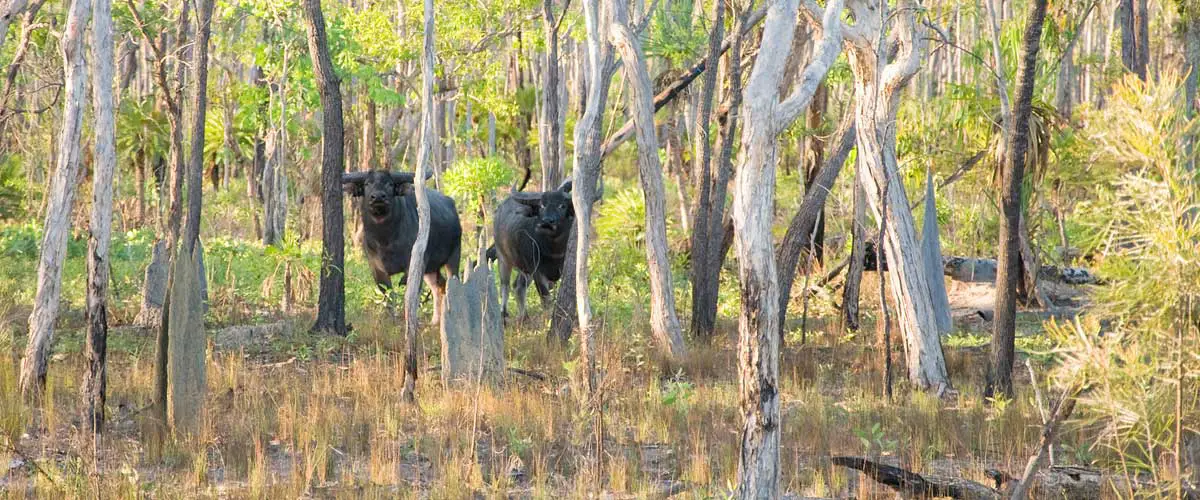
Largely unknown by outsiders, hagving been declared an Aboriginal Reserve in 1931, Arnhem Land remains one of the largest Aboriginal Reserves in Australia and is perhaps best known for its isolation, the art of its people, and the strong continuing traditions of its Indigenous inhabitants. Northeast Arnhem Land is home to the indigenous Yolngu people, one of the largest Indigenous groups in Australia, and one who have succeeded in maintaining a vigorous traditional indigenous culture.

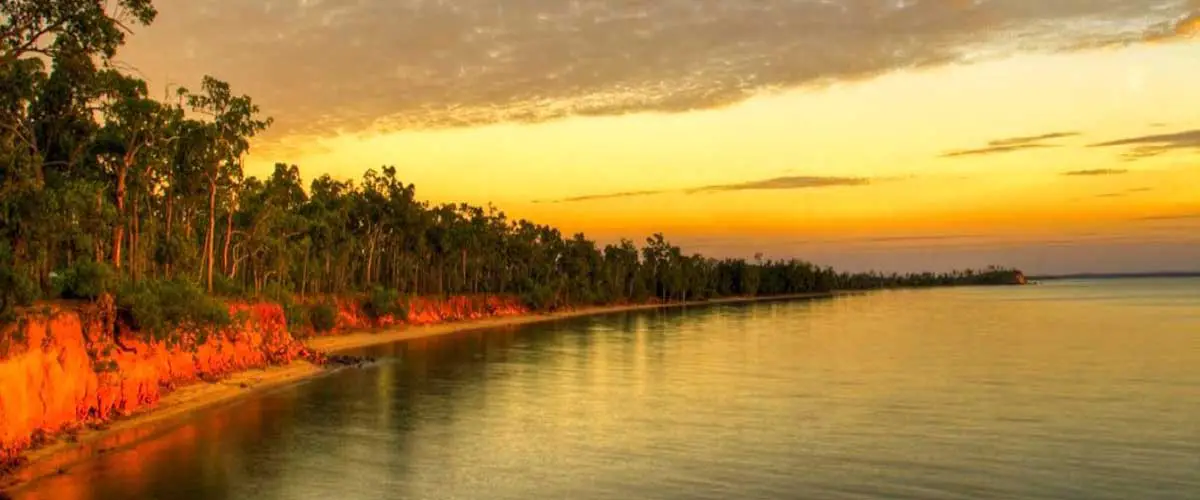
Home to some of Australia’s largest cattle stations, some of them the size of a small European country, it is here where those in the know come to enjoy a little solitude and some of the best fishing in Australia. Over 20 rivers drain into the gulf, its mangrove lined shores are very sparsely populated due to its isolation. All of this makes the Gulf an incredibly productive destination for fly fishing and sports fishing alike. The Gove Peninsula was heavily involved in the defence of Australia during World War II.







